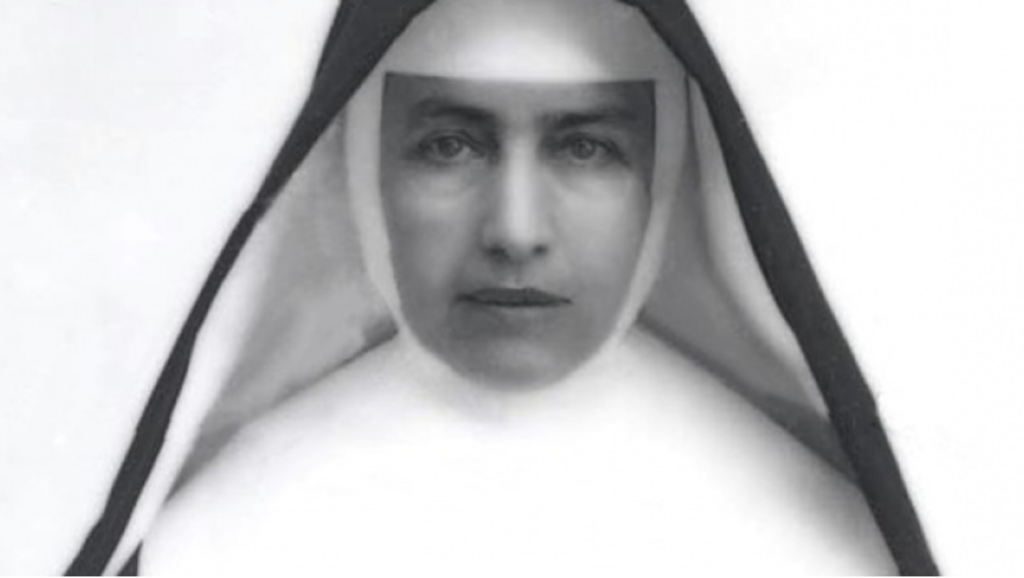
“Forget as God Forgets”
Father Peter Fitzgibbons
February 10 – 11, 2024
Gospel: Mark 1:40-45
Today’s reading is from the Old Testament in the book of Leviticus, and it’s about leprosy. Anyone who had leprosy was required to shout, “Unclean, unclean!” This reminded me of the pandemic a couple of years ago when people got hyped up if someone contracted the disease, “Covid, Covid!” It is not terminal.
I’m going to give you some philosophical continuing credit. What is a primary virtue? The primary virtue is justice. Why justice? Because justice is the virtue that orders all the other virtues to their necessary and proper end which is Almighty God. So, when we are talking about the budget and how we have billions and billions of dollars to allocate, we are talking about real money. “We’ll allocate this much here and this much there.” Now think about justice. I, Stump, and many others in the parish are combat veterans. We don’t get free medical care, and I even retired from the Army. Un-uh Un-uh Un-uh. If I tried to get a benefit, I’d have to prove it was connected to my Army service. It’s easier to go before the Supreme Court than it is to get the VA to recognize a disability due to military service. So, we don’t give justice to our military service members, but we are giving away billions and billions of dollars to people who enter the United States illegally. But those of us who are citizens not so much.
One thing in the spiritual life that most of us don’t think about is that we are called to be like God in all things. That sounds reasonable, doesn’t it? But that would be tough because God is perfection of all attributes and virtues. That would be kind of difficult for us to attain. But we try. There is one aspect of our lives which is very important for us to concentrate on and that is our memory. Now I don’t mean you have to remember every password on every device you own. The memory of a spiritual person needs to be both good and bad. “Okay Father, explain that.” I’m glad you asked. Your memory has to be bad like God’s memory is bad. “How is God’s memory bad?” Well, He says in the Old Testament, “I will put your sins behind you. Your sins are remembered no more” (Ezekiel 18:22). So, God forgives and forgets. We are called to forget our sins that have been forgiven and to let them go. And, to not remember the sins that others may or may not have committed against us just like God does.
We also need a perfect memory so that we can remember the love and mercy God has shown us by forgiving our sins, giving us the gift of His very Self in the Sacraments, and the promise of eternal life. We are called to show that same mercy and love to His people. A perfect memory manifests itself in the Prayers of Thanksgiving. Be grateful for what you have. My theme for Lent this year is, “Someday, tomorrow will begin without us.” The other morning, I was hearing first confessions from children at Saint Luke’s. They are so young, so I don’t make them spend a lot of time in the confessional. A lot of them said that they had hurt their parents, brothers, and sisters. I told them, “Remember, your time with them is so small. Cherish the time you have with them, because you will miss that time when they are gone. They may be difficult at times, and if you had a brother like mine, you would understand that. If you had a brother like me, you would also understand. But cherish them as God cherishes us.”
God promises to be with us as long as we don’t throw Him out of our souls through mortal sins or repeated venial sins. We have our Lord’s protection, and we get pretty upset if something happens to us that we didn’t expect, and it ruins our plans. Saint Teresa of Avila said to our Lord, “If this is how You treat Your friends, no wonder why You have so few of them!” But we will never know how much evil God has protected us from for ourselves, our families, and our loved ones. We will never know until we see Him face-to-face when all things will be made present and known. We do not know but God does. Just think of the things you have been protected from, and you haven’t died yet, have you? A lot of my classmates did not reach my age nor did my twin brother. I always thought I’d be the first to go because I’ve been to some bad places. To my own credit, it seemed like a good idea at the time. We do not know the threats God has protected us from, how much love He has given us, and the gifts He has given us as a result of our prayers. Perhaps they were not the ones we asked for but were better ones. This is how we must work on our memory. The most important part of a bad memory is forgetting oneself for the love of God. We must forget ourselves. Our Lord said, “Leave everything behind and come follow Me.” The most important thing in spiritual life is memory.
How will you apply this message to your life __________________________________________
You can read all of Father Fitzgibbons’ sermons by going to annunciationcatholicalbemarle.com and clicking on “Blog” then “Categories” then “Sermon Notes.” On a cell phone: click on “Blog” and then “Menu.” Scroll to the bottom and click on “Categories.” Sermon Notes are also available on the Church’s Facebook page at ola.catholic.church. Click on “Groups” and then “Sermon Notes.”


